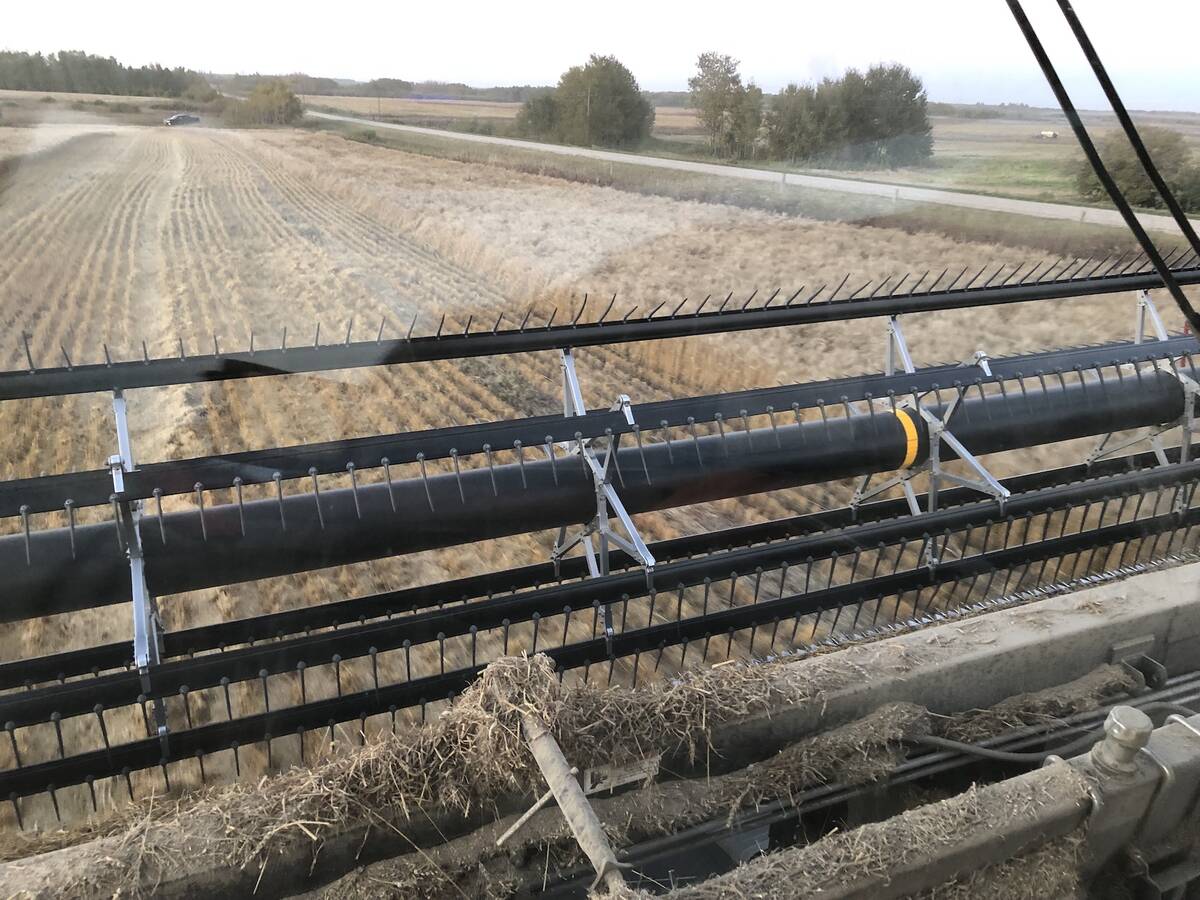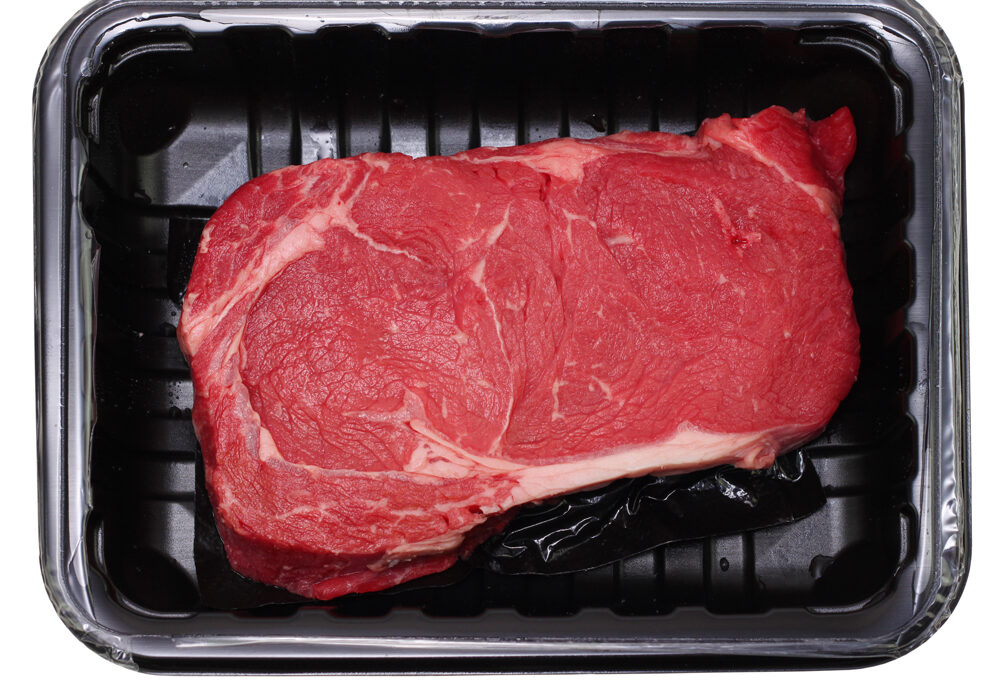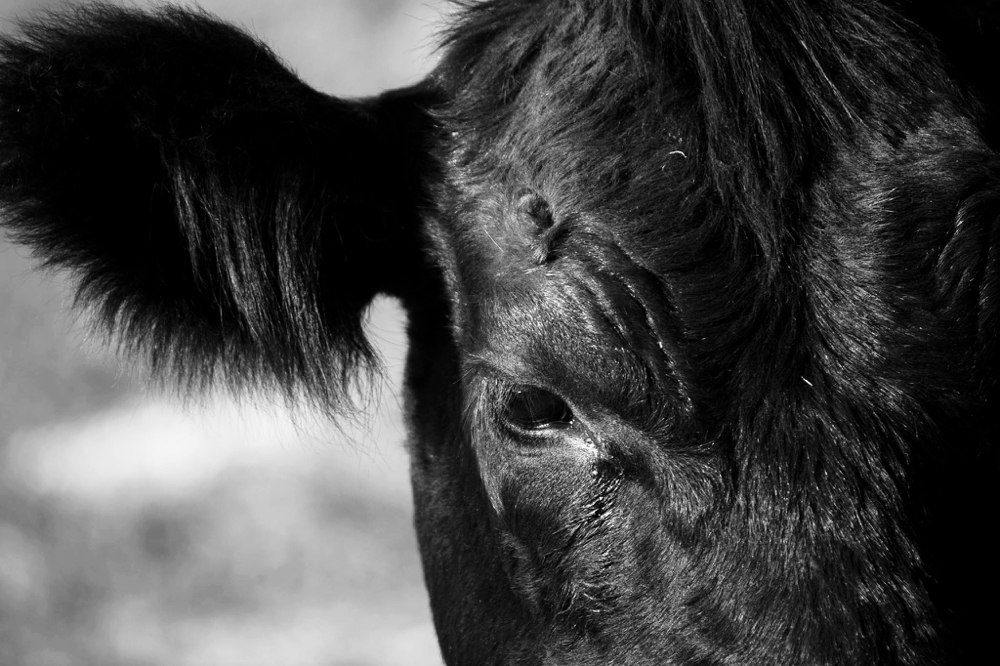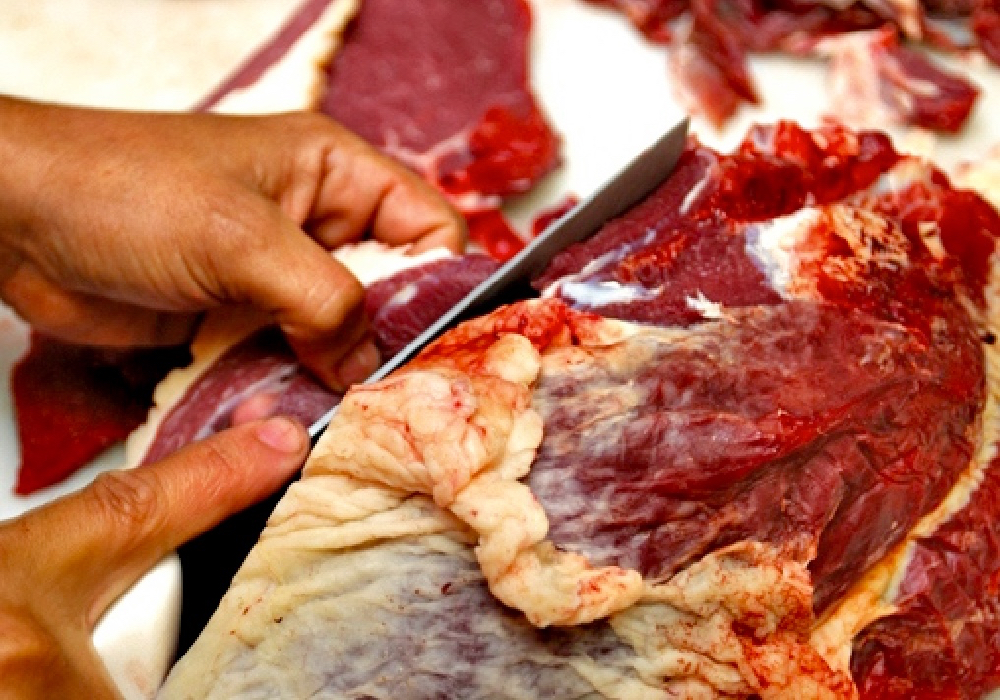Forty years ago, two editors at Successful Farming magazine, Gene Johnston and Dean Houghton, won most major ag journalism awards with a story titled “Who will kill the hogs?”
The piece (not available online) tracked a new, potent shift just beginning to hit: Local meat packers were being squeezed for hogs and markets by other, aggressive packers that were buying and closing competitors to build new, huge, slaughtering plants.
The story was a clanging bell that a shakeout was underway and few had any idea of who would be left standing.
Read Also

The poetic epic of Manitoba farming 2025
Former Manitoba Co-operator editor John Morriss returns for his yearly poetic sum up of the farming year and look ahead into 2026.
We, of course, now know; what’s left is a handful of massive packers and not enough hog farmers to fill a university basketball arena.
In truth, we knew this within 10 years. By the early 1990s, major stockyards like Omaha, Kansas City, and Chicago were faltering as packers moved to buy hogs “direct” from growers.
That new strategy was made easier since 400,000 hog farmers had exited the business in just the previous decade.
In the mid-1990s, this column and other publications pointed to how the now-powerful packers had integrated hog production into their business model to lock in ready supplies and consistent quality in their 24-7-365 search for efficiency and profit.
By the early 2000s, with the takeover of pork now complete, the packers began to buy each other. For example, in 2001, Tyson Foods, principally a poultry integrator, bought the big beef packer IBP for US$3.2 billion.
Again, none of this occurred in the dark. Every step in the long process happened in plain view of government regulators.
Then, in early 2010, the Obama administration announced the U.S. Department of Justice (DOJ), along with U.S. Department of Agriculture (USDA) leaders, would sponsor a series of “workshops… to discuss competition and regulatory issues in the agriculture industry.” The key target was meat packers.
Farmers, ranchers, farm and commodity group officials, industry experts, and consumer groups eagerly told bureaucrats how the “dynamics of competition in agriculture markets” affected them.
The result was, well, not much because there was little anyone could do.
No antitrust laws, in fact, had been broken by these companies. Their climb from being just a cog in the ag machine to becoming the ag machine was, they explained, simply the market at work.
(Until recently, anyway, when several meat packers, Tyson included, agreed to settle civil lawsuits filed by meat buyers who alleged some packers engaged in market manipulation that drove up buyers’ costs.)
Which brings us, again, to calls for the Biden administration to break up highly integrated and concentrated ag sectors like meat-packing.
How?
There is no definitive plan but you can bet the packers will fight in the courts and Congress to prevent one chicken leg or a single pig’s ear to be taken from them without legal cause.
And rightly so. We may dislike or even hate Big Meat but slicing them up looks like a very, very long shot indeed.
A better investment of time and talent is for governments to shower their favouritism — grants, low-interest loans, waived meat inspection fees, zoning assistance, and the like — to foster new, smaller, community-based competitors into the meat game.
For this to work, however, will take time. Remember, it took the Big Boys decades to get where they are today so it will take years before the field tilts anywhere near level again.
But the best way to start is to start: hearings should focus on the future, not the past.
The Farm & Food File is published weekly in newspapers throughout the U.S. and Canada.















